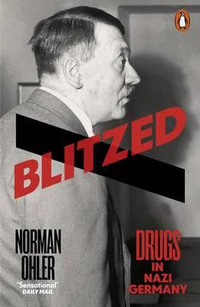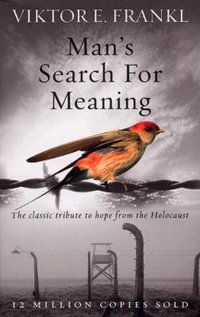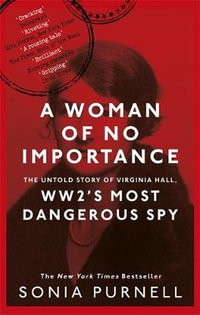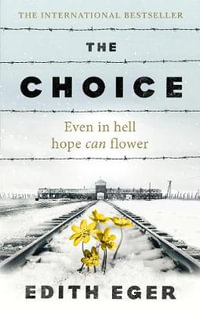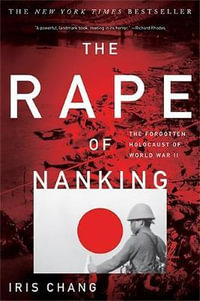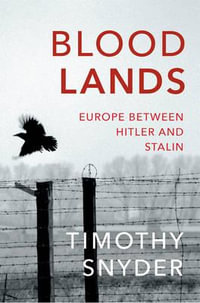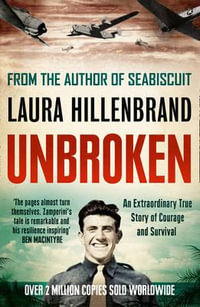From September 1940 until May 1941, Britain - especially Greater London - suffered heavily under a barrage of day and night-time raids by the then mighty Luftwaffe; raids which killed some 20,000 people and destroyed or damaged one million homes during what came to be known as the London Blitz. A 'baby blitz' followed, from January to May 1944, which was destined to be the final manned bomber offensive by a much depleted Luftwaffe.
Afterwards, there came the last gasp, the final blitz on London, this time delivered by the V1 flying bombs and V2 rockets which were aimed at the capital. Overall, the V weapons killed or seriously injured 31,000 in London and destroyed or seriously damaged 1.6 million houses throughout Britain. Yet despite all this, British industry, economy and morale remained largely intact. Group Captain Nigel Walpole grew up in London during the Blitz and he has traced the full history of the V1 'doodlebugs' and V2 rockets that terrorised so many at this time. He looks at the infamous missile development site at Peenemunde and the engineers who brought Hitler's horrific visions to life.
He reports his vivid memories of the three Blitz campaigns and the countermeasures taken in response to them. Having been granted direct access to the history of the V weapons, he describes the evolution, development, production deployment and launch of the flying bombs and rockets. Whilst acknowledging the terrible damage inflicted by these weapons, Nigel also recognises them as an example of Germany's extraordinary capacity for innovation and determination during one of the darkest periods of world history.
About the Author
Group Captain Nigel J R Walpole OBE BA FRAeS RAF (Ret'd) Passing out from the RAF College, Cranwell, in 1954, Nigel Walpole flew Hunter day fighters and Swift fighter reconnaissance aircraft in Germany, before an exchange posting with the USAF in 1959, to fly RF-101 Voodoos. In 1961 he joined the Central Fighter Establishment, until promoted to squadron leader in 1963 and given command of 234 (Hunter OCU) Squadron, returning to Germany in 1964 to take command of II(AC) Squadron, flying Hunter FR.10s.
Two years on the Fighter Command Tactical Evaluation team was followed by promotion to wing commander and an appointment as Brigade Air Support Officer, 16 Parachute Brigade, before a short spell in command of 12 (Buccaneer) Squadron. A year at the National Defence College preceded command of the Jaguar Strike Wing at RAF Bruggen. He completed his military career in Germany as Group Captain Offensive Operations, then as the Assistant Chief of Staff (Offensive) in 2ATAF. Nigel Walpole joined British Aerospace as air weapons adviser in 1988, retiring in 1992 to take a university degree and write on aspects of the Cold War. He now lives with his Dutch-born wife in Suffolk.
Industry Reviews
"The book begins in the early 1930's with the origins of Germany's rocket programme and the brilliant minds which shaped it, but while they were largely inspired by the idea of using the technology to conquer space, it was the desire of the Nazis to explore new methods of waging war not prohibited by the Treaty of Versailles which provided its real impetus."-- "Pegasus Archive"


